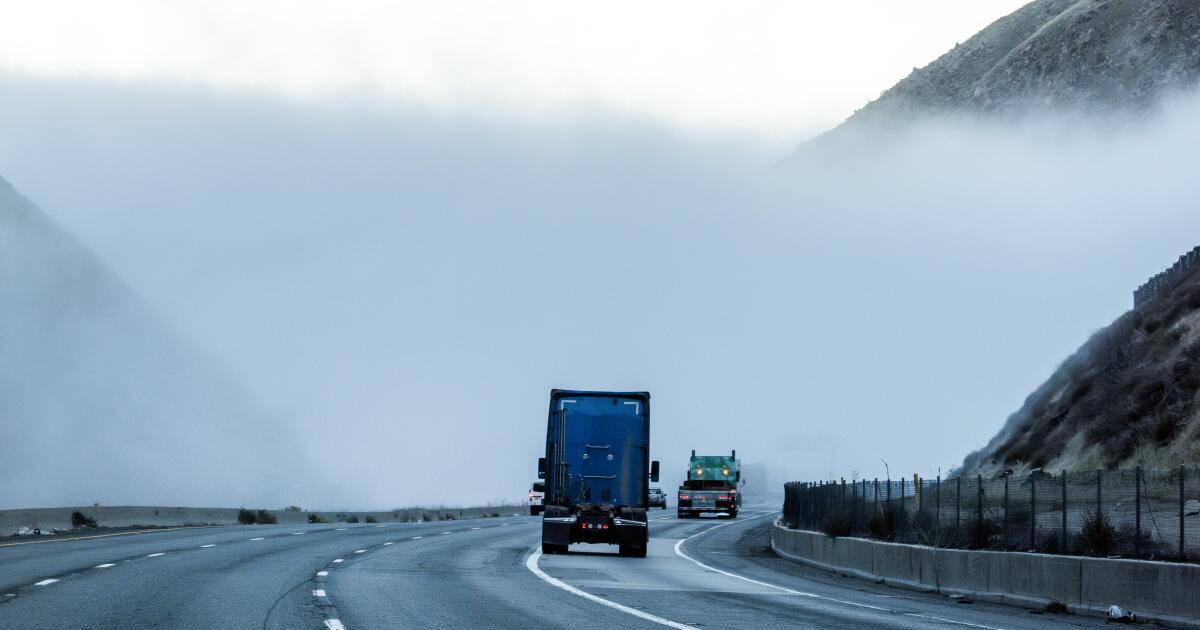Vermont
Barton hosts annual 4-H Horse Clinic for northeast Vermont youth – Newport Dispatch

Tap this box to receive FREE breaking local news directly in Facebook Messenger!
BARTON — Young equestrians from across northeastern Vermont gathered at the Orleans County Fairgrounds in Barton for the 2024 Northeast Regional 4-H Horsemanship Clinic from June 21-23.
The annual event, sponsored by University of Vermont (UVM) Extension 4-H, offered participants aged 5 to 18 the opportunity to enhance their riding and horsemanship skills in a fun, educational setting.
Over the weekend, 4-H members engaged in various activities including riding lessons, showmanship classes, and general knowledge competitions. The clinic culminated in a horse show on Sunday afternoon, featuring more than 30 individual classes.
Notable achievements included:
- The Wildlife Warriors 4-H Club of St. Johnsbury won the “Golden Bucket of Goodies” for best overall stable management.
- Jenesy Zwart of Danville received the Shelby Noyes Sportsmanship award.
- Quinn Charest of Derby Line, Zayne Franko of Lyndonville, Adriana Leonard of East Hardwick, Penelope Longe of Newport, and Jillyan Normand of North Concord placed first in their respective fitting and showmanship classes.
The event also provided activities for younger participants and those without horses, including craft activities and workshops on horse care.
UVM Extension 4-H Educators Lindy Birch and Holly Ferris organized the clinic, with support from various instructors, 4-H leaders, and parents.

Vermont
Vermont man allegedly touched child in a sexual manner

GREENWICH, N.Y. (WNYT) – A Vermont man is accused of forcibly touching a child in a sexual manner.
Michael J. Lohnes, 42, of Rutland, was charged with misdemeanor counts of forcible touching and endangering the welfare of a child, the Washington County Sheriff’s Office said.
The alleged incident happened back in the spring, and Lohnes knew the victim, according to investigators.
He was arraigned in Greenwich Town Court earlier this fall and the case is still pending.
Vermont
Power outages reported in Vermont Friday

BURLINGTON, Vt. (ABC22/FOX44) – Weather conditions this morning have left many without power across Vermont.
Data indicates that over 10,000 customers are impacted by outages as of 11:16 a.m. The most impacted areas include Middlebury, Burke and Cambridge.
To stay up-to-date on local outages, check out the VT Outages page, Green Mountain Power and follow us for more details on myChamplainValley.com.
A significant outage was previously reported about earlier this month. For more coverage on that, check out this video:
Vermont
Vermont offers criminal record clearing clinic to seal or expunge old cases

VERMONT (WRGB) — Vermont Attorney General Charity Clark will host a free criminal record clearing clinic on Thursday, January 15, 2025 in Brattleboro, the first to be held in the state since new expungement laws changed in July.
Sealing a record allows an individual to wipe from their criminal record specific convictions and dismissed charges after a certain period of time has passed, including records relating to contact with the criminal justice system, like arrest or citation, arraignment, plea or conviction, and sentencing. Under Vermont’s updated law, most misdemeanors, various non-violent felony offenses, and all dismissed charges can be sealed. The free clinic will focus on sealing criminal charges and convictions from Windham County, and will be open to the public by appointment only.
“For many years, my office has assisted Vermonters with clearing old criminal records that are holding them back from securing stable housing, getting better jobs, and participating fully in their communities,” said Attorney General Clark. “These clinics are a way for us to help Vermonters who have paid their debt to society and stayed out of trouble get a fresh start and strengthen the community as a whole. I want to thank Windham County State’s Attorney Steve Brown, Interaction, and the Brooks Memorial Library for their assistance in hosting this clinic.”
Attorneys from the Attorney General’s Office will offer free assistance with petitions for Vermont-specific “qualifying” criminal convictions and dismissed charges. Appointments will be available from 10:00 a.m. to 2:00 p.m. Vermonters must schedule appointments in advance by calling the Attorney General’s Office at 802-828-3171 or emailing AGO.Info@vermont.gov by Tuesday, January 6, 2026. Eligible participants will be given an in-person appointment at the Brooks Memorial Library in Brattleboro, Vermont, on the day of the clinic.
More information on sealing and expungements generally is available at Vermont Legal Aid’s website at www.vtlawhelp.org/expungement.
###
-

 Iowa5 days ago
Iowa5 days agoAddy Brown motivated to step up in Audi Crooks’ absence vs. UNI
-

 Iowa7 days ago
Iowa7 days agoHow much snow did Iowa get? See Iowa’s latest snowfall totals
-

 Maine4 days ago
Maine4 days agoElementary-aged student killed in school bus crash in southern Maine
-

 Maryland5 days ago
Maryland5 days agoFrigid temperatures to start the week in Maryland
-

 Technology1 week ago
Technology1 week agoThe Game Awards are losing their luster
-

 South Dakota6 days ago
South Dakota6 days agoNature: Snow in South Dakota
-

 New Mexico3 days ago
New Mexico3 days agoFamily clarifies why they believe missing New Mexico man is dead
-

 Nebraska1 week ago
Nebraska1 week agoNebraska lands commitment from DL Jayden Travers adding to early Top 5 recruiting class















